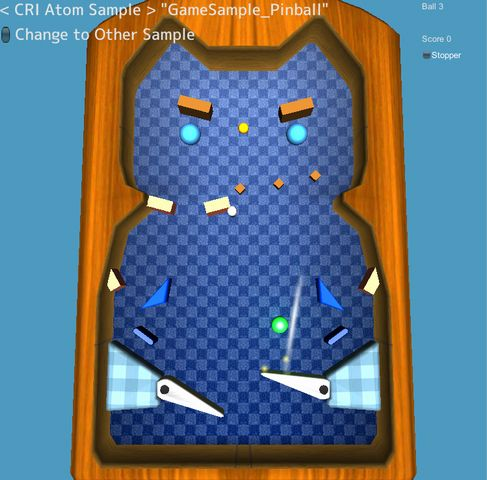 |
CRIWARE Unity Plugin Manual
Last Updated: 2025-12-25
|
 |
CRIWARE Unity Plugin Manual
Last Updated: 2025-12-25
|

| Middleware | CRI ADX (CRI Atom) |
| Sample | Script sample: Game: Pinball |
| Location | /CRIWARE/SDK/unity/samples/UnityProject/Assets/Scenes/criatom/script/GameSample_Pinball |
| Scene file | GameSample_Pinball.unity |
| Original ADX data | Data: Pinball |